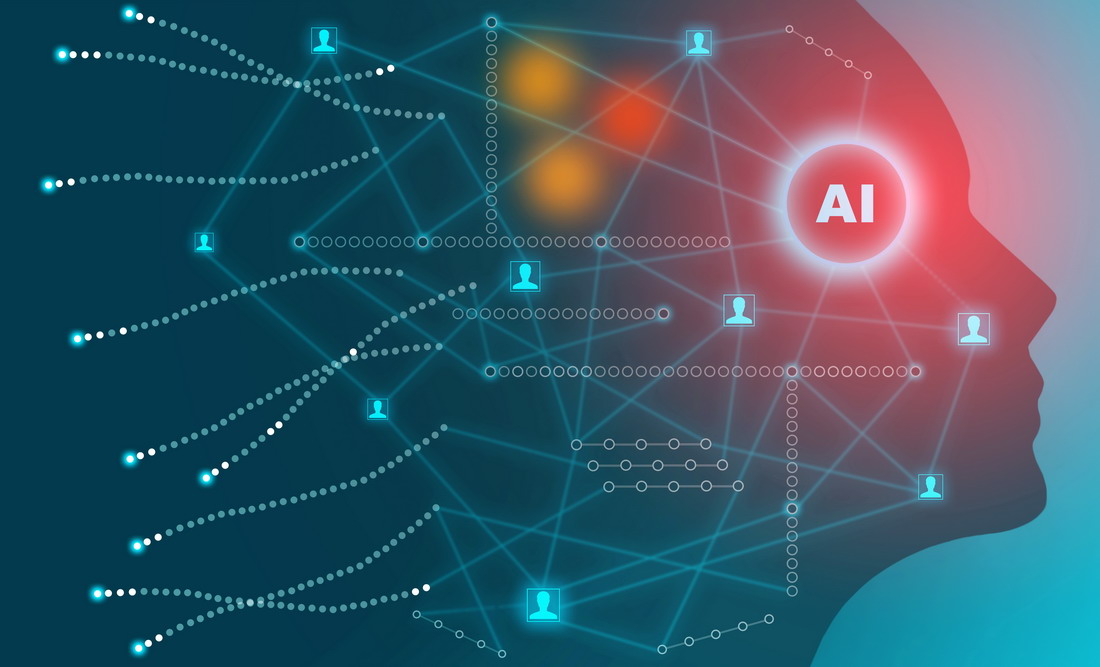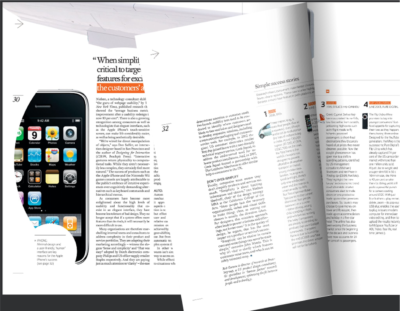Personalized learning is an educational model with generations of history behind it. It was the norm hundreds of years ago when American kids didn’t have schoolhouses to attend. It is still utilized by tutors today who have learned that individualized instruction is the most productive for students.
We also see personalized learning being applied to workplace training and higher education via adaptive learning platforms. Moreover, technology is transforming how adaptive learning is approached. One example is artificial intelligence. Also known as AI, artificial intelligence is replacing the tutor in the modern adaptive learning environment.
Scaling Individualized Instruction
At the core adaptive learning is individualization. Solutions like the Fulcrum Labs platform takes the foundation of individualization and makes it scalable through technology. Rather than one-on-one between tutor and student, a single adaptive learning platform can be deployed to teach an unlimited number of students individually.
Imagine having to train one hundred employees in new ISO standards for a given industry. Individualized training with tutors would certainly be possible, but it would be impractical, inefficient, and very expensive, A scalable adaptive learning platform, based in technology, would accomplish the same goal but with better results.
The adaptive learning platform still relies on individualized instruction for each employee. But it relies on technology to present material and assess performance. The platform can be used for immediate training, then called on again for subsequent training. It remains scalable, always at the ready to meet the employers training needs – just like an army of tutors yet better suited to scale.
Replacing the Tutor with AI
Discussion of individualized tutoring leads us to the main thrust of this post: replacing the tutor with AI in the adaptive learning environment. Assuming an adaptive learning program is built on a technology platform, AI has a significant role to play.
Artificial intelligence transforms computers (and mobile devices) into digital tutors capable of modifying an educational program to suit a particular student. Li says that AI adaptive learning systems do what they do based on three principles:
- Assessment – Computer software assesses students at the start of the educational program. Student knowledge and skill in each targeted area of learning is measured.
- Content – AI algorithms take the information gleaned from the assessment and use it to tailor educational content. Meanwhile, the algorithms continue learning as students make their way through that content.
- Interaction – Adaptive learning software interacts with students throughout the course of training. AI allows the software to tailor interaction to student performance. This plays out in terms of both content presentation and assessment.
Artificial intelligence in any application learns by gathering data, analyzing that data, and combining it with past data to predict outcomes. Over time, an AI system should improve its predictive capabilities. This is fundamental to the adaptive learning environment because prediction accuracy determines how an adaptive learning platform proceeds.
AI for Instructors and Administrators
AI replaces the tutor in the adaptive learning environment. But it does not stop there. It also helps instructors and administrators do their jobs better. For example, AI can predict if a particular student will drop out of a particular course. It can also predict if another student will struggle in the same course.
Instructors can use this information to intervene when necessary. Administrators can utilize the data to assess the overall effectiveness of adaptive learning programs so as to make any necessary adjustments.
AI and adaptive learning work very well together. AI is replacing the tutor and giving instructors and administrators more information that helps them do their jobs better.













